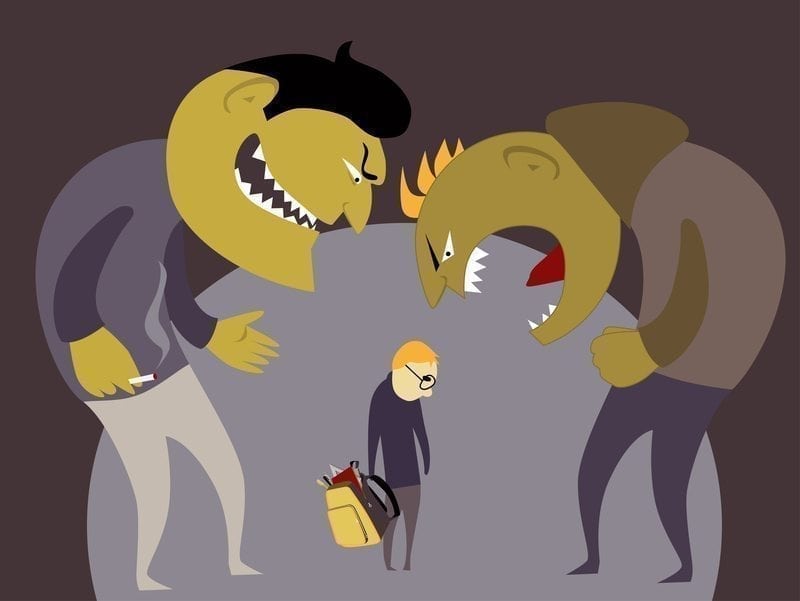As a high school counselor, I witness countless student crises each year. Still, every now and then a particular student’s story really stays with me. Recently, one such story involved a student who I will call ‘Sarah’. In middle school, a boyfriend convinced her to send him a shirtless photo. This led to E-Shaming, blackmail, dissemination of the photo, and Sarah frequently labeled as a ‘slut’.
Stories like Sarah’s are so common nowadays they no longer shock me. What is shocking, however, is the total lack of empathy typically extended to these students by the adults in their lives. Many adults suddenly display short memories, forgetting how their own adolescence was filled with naiveté and regrettable lapses in judgment. An important generational difference is that unlike today’s youth, contemporary adults were not raised on social media. By ignoring this fact, today’s self-righteous grownups espouse technological blind spots when criticizing ‘kids these days;’ these adults fail to recognize how young people pay a significantly higher price for adolescent missteps due to the increased accessibility, prevalence, and permanence of digital information. What’s more, today’s students are vulnerable to a pernicious form of societal victim-blaming that I call e-shaming. E-shaming is dangerous, unfair, and must be properly understood in order to be resisted.
E-shaming, unlike more traditional forms of shaming, is potentially inescapable. Students like Sarah were once able to seek respite from their social problems at home; today’s students are forced to abandon any kind of phone or online access if they hope to avoid continual afterschool harassment. Additionally, prospective employers and college admissions officers are now able to access compromising online information revealing students’ past indiscretions.
These discoveries can cost students invaluable opportunities and permanently damage their social and professional reputations. Yet, perhaps the worst aspect of e-shaming is adults’ rush to condemn and stigmatize these students. I remember Sarah tearfully recounting how abandoned she felt when her typically supportive family virulently attacked her character. What Sarah really needed was support. Instead, what she received were endless denunciations by those she trusted most. When I spoke about her case with an administrator, the response was a frustrated sigh: “These kids will never learn.”
The problem with this perspective is that kids cannot ‘learn’ when they are e-shamed into submission. Students’ failures are supposed to be learning experiences; yet, what kind of growth should require humiliating photos forever hanging over a student’s head? The gross disproportion between Sarah’s mistake and her effective punishment is disturbing. Our kids are being e-shamed by their communities, stigmatized for lapses in judgment that our society treats as 21st-century ‘scarlet letters’.
This is not okay. Eradicating e-shaming requires a fundamental shift in our attitudes. No matter our disappointment, it’s our responsibility as caring adults to help students cope rather than further contribute to their humiliation. E-shaming is never appropriate, and it rests on us to curb its devastating impact on students’ lives.
By Marc Daniels
If you or someone you know is the victim of E-Shaming, Bullying or Cyberbullying there is help available. Below are some links for support.
In The United States: Stop Bullying
In The United Kingdom: Stop Bullying UK
In Austrailia: Kids Help Line










